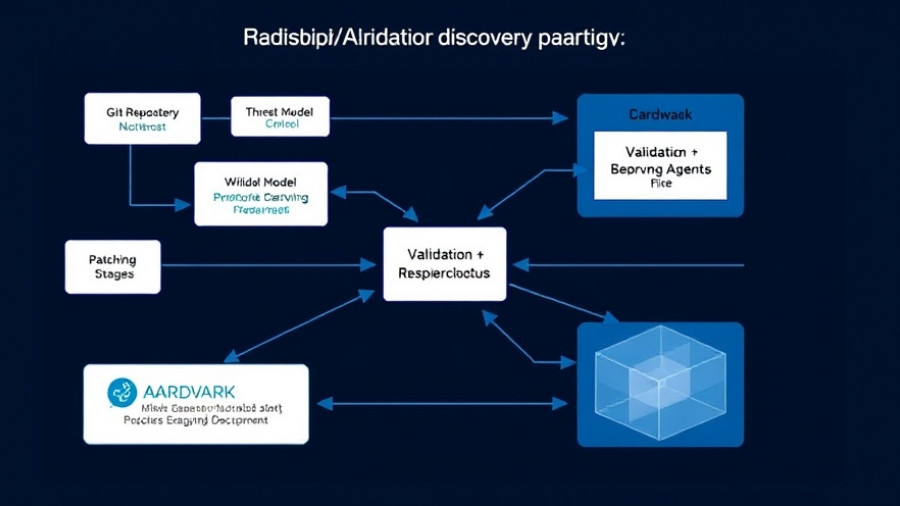
Embracing AI Agents: The Future of Business Efficiency
As businesses grapple with the demands of a digital world, the need for effective AI agents has never been more critical. With the proper framework, companies can harness the power of these technologies to improve operations and foster deeper connections with consumers. But how can organizations ensure that their AI initiatives deliver tangible results?
Five Essential Steps to Create Effective AI Agents
Creating AI agents that yield significant business outcomes involves a strategic approach that encompasses five essential steps: defining roles, gathering data, developing actions, establishing guardrails, and integrating feedback loops.
1. Defining Roles for AI Agents
The first step is clearly defining the roles of AI agents within your organization. What tasks do you want them to handle? Is it customer service, data analysis, or possibly both? Understanding these roles helps tailor their design and functionality, leading to more efficient implementation and user outcomes.
2. Gathering the Right Data
Data is the fuel that powers AI agents. Organizations must focus on gathering high-quality and relevant data that can inform the behavior of these agents. As industries evolve, the significance of data integrity and privacy becomes paramount. Various metrics, including customer feedback and operational analytics, should be collected and processed to enhance AI performance.
3. Designing Actionable Strategies
Once roles and data are defined, businesses need to design actionable strategies that AI agents can execute effectively. This includes algorithms that determine how the agent interacts with data and users. Ensuring these actions align with overall business goals is crucial for driving success.
4. Establishing Guardrails
With great power comes great responsibility. Establishing guardrails safeguards against unintended consequences that can arise from miscommunication or misinformation between AI agents and users. These safeguards should include ethical frameworks and guidelines that define the boundaries within which AI agents must operate.
5. Integrating Feedback Loops
Finally, integrating robust feedback loops is essential for continuous improvement. These loops allow businesses to assess the effectiveness of AI agents regularly and adapt strategies as needed. Regular evaluations enhance the agents' capabilities and align them further with changing organizational needs and customer expectations.
Future Predictions: The Evolution of AI Agents
As AI technologies continue to advance, businesses should prepare for a future where AI agents become integral to organizational success. Predictive analytics, personalization, and enhanced customer service capabilities could revolutionize interaction, allowing companies to compete more effectively.
Counterarguments: Challenges in AI Implementations
While the benefits of utilizing AI agents are promising, challenges abound. Issues such as integration complexity, resistance to change from employees, and potential ethical concerns regarding data privacy can hinder effective implementation. Organizations must address these challenges head-on to harness the potential of AI effectively.
Decisions Driven by AI Insights
Equipped with the insights derived from AI, business leaders can make enhanced decisions that align with customer needs and improve overall operational efficiency. However, the success of AI depends not just on the technology but the people who utilize it.
Conclusion: The Road Ahead with AI Agents
AI agents are here to stay, and the potential for transformative impact is immense. By following a strategic approach, organizations can harness their strengths, minimize risks, and ensure that AI delivers the desired business outcomes. To explore more about AI applications and trends, stay engaged with our insights and evolving narratives in the world of technology.
 Add Row
Add Row  Add
Add 




Write A Comment